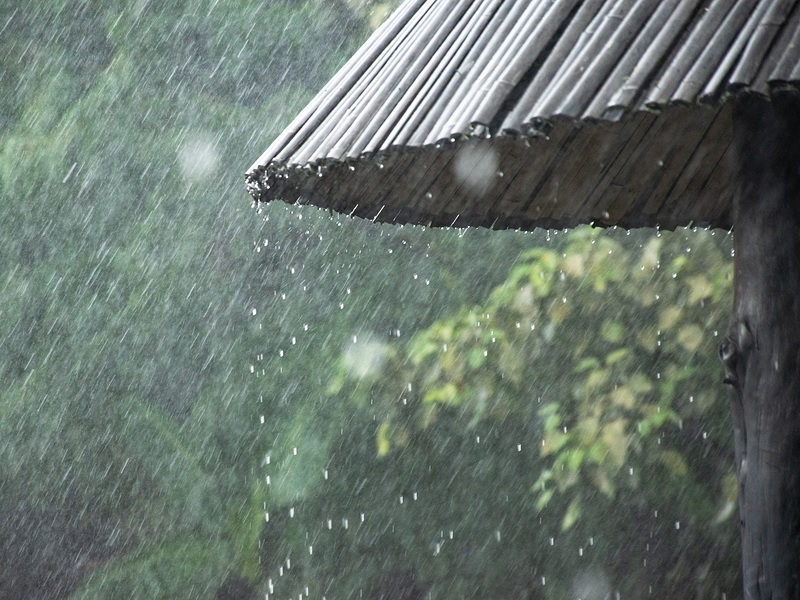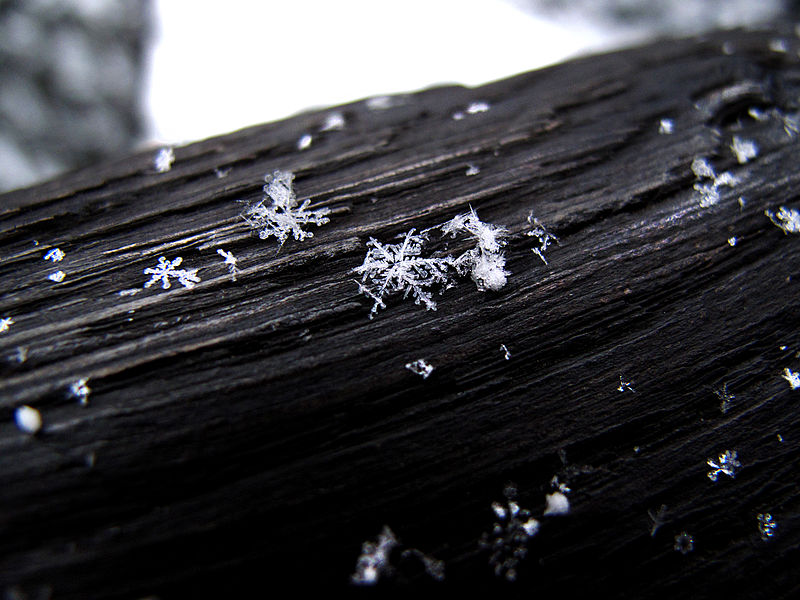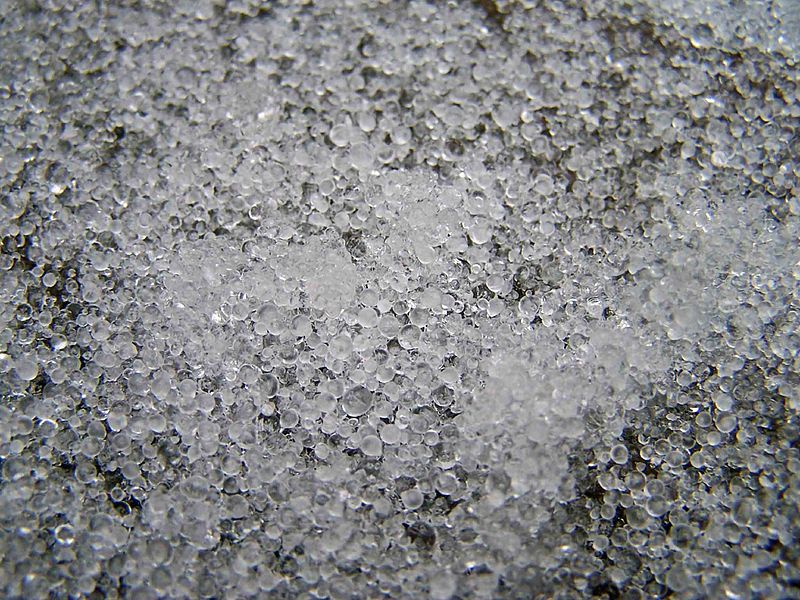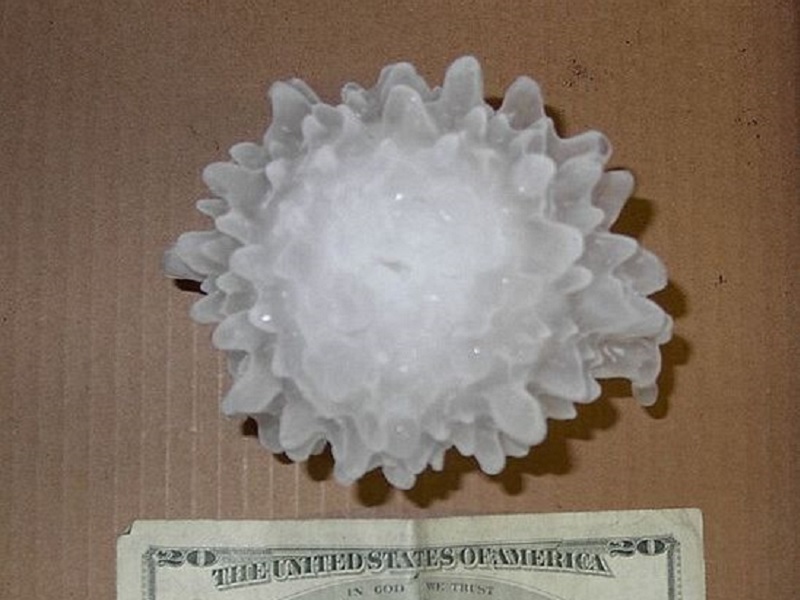Types of Precipitation
Precipitation is the main component of the water cycle that transports water around the Earth. It occurs when the air becomes saturated with water vapor, and condenses around a dust particle, also known as cloud condensation nuclei. Once the droplet or becomes large enough, it falls to the Earth’s surface as either a liquid or solid. Tiny variations in temperature through the atmosphere can mean the difference between precipitation falling from the cloud as rain, or quickly turning to sleet or snow. The four main types of precipitation are:
Rain
Rain is liquid precipitation that falls to Earth. Rain is classified according to how it is generated; convective, frontal or orographic. Droplets bump into one another, combining into larger drops that eventually become too heavy to continue floating within the ground and fall.

Image Source: Udombigstock | bigstock.com
Snow
Snow is one of the forms of precipitation that is ice that falls from the sky and snowflakes are unique and complicated six-sided shapes. It forms when clouds are below freezing. Ice crystals become larger when they attract water from nearby droplets that begin to stick together and create a snowflake.

Image Source:Sara2 | wikimedia.org
Sleet
Sleet forms when raindrops freeze as they fall to the ground. They are typically smaller than hailstones and are translucent. Sleet is also called ice pellets and is often mixed with rain and snow.

Image Source:Mike Epp | wikimedia.org
Hail
Hail is precipitation that forms when strong updrafts within a thunderstorm carry rain droplets into cold portions of the atmosphere. The supercooled water droplets collide with one another, creating layers and eventually forming a hailstone. Ultimately, the hailstones become so large that the wind can no longer support them in the cloud and they fall to the ground.

Image Source:NWS | noaa.gov